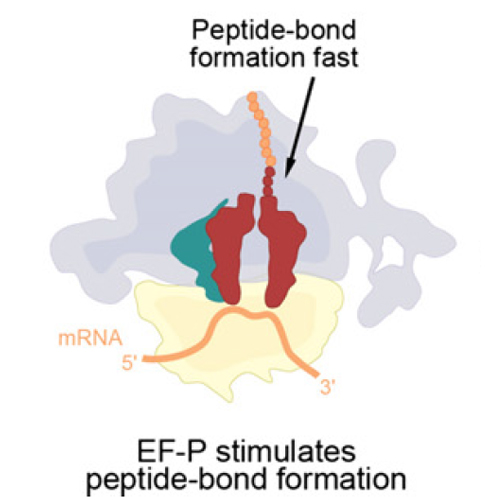The bacterial translation stress response
26-Sep-2014
FEMS Microbiology Reviews, 2014, DOI: 10.1111/1574-6976.12083, Volume 38, Issue 6, pages 1172–1201, published on 26.09.2014
FEMS Microbiology Review, online article
Throughout their life, bacteria need to sense and respond to environmental stress. Thus, such stress responses can require dramatic cellular reprogramming, both at the transcriptional as well as the translational level. This review focuses on the protein factors that interact with the bacterial translational apparatus to respond to and cope with different types of environmental stress. For example, the stringent factor RelA interacts with the ribosome to generate ppGpp under nutrient deprivation, whereas a variety of factors have been identified that bind to the ribosome under unfavorable growth conditions to shut-down (RelE, pY, RMF, HPF and EttA) or re-program (MazF, EF4 and BipA) translation. Additional factors have been identified that rescue ribosomes stalled due to stress-induced mRNA truncation (tmRNA, ArfA, ArfB), translation of unfavorable protein sequences (EF-P), heat shock-induced subunit dissociation (Hsp15), or antibiotic inhibition (TetM, FusB). Understanding the mechanism of how the bacterial cell responds to stress will not only provide fundamental insight into translation regulation, but will also be an important step to identifying new targets for the development of novel antimicrobial agents.











